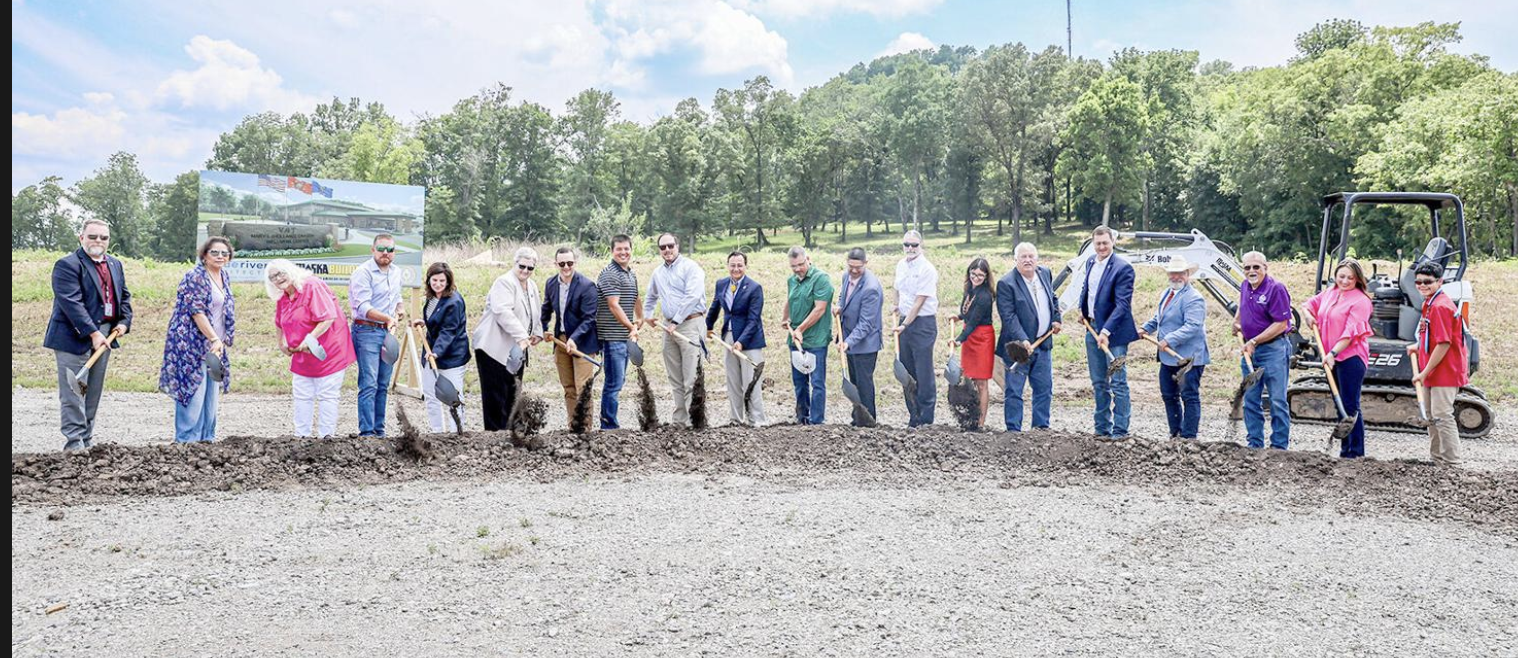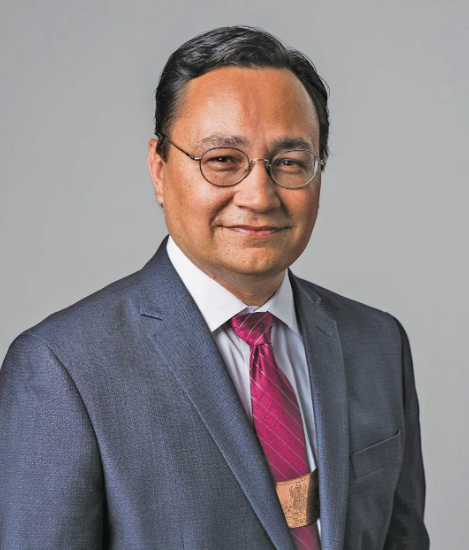
- Details
- By Chuck Hoskin Jr
Guest Opinion. At Cherokee Nation, we have built the largest health care system in Indian Country, providing excellent care to our citizens. However, the foundations of good health don’t start in hospitals and clinics. Many of the most powerful health and wellness tools are found in what we do before we need medical care.
By getting exercise, physical therapy, nutrition guidance, and other wellness activities, we can prevent and manage serious conditions like diabetes and hypertension. Proactively addressing these issues can dramatically reduce health care costs, and, most importantly, help Cherokees feel better and live long, fulfilling lives.
Two years ago, Deputy Chief Bryan Warner and I advocated for a shift toward promoting wellness within communities across the Cherokee Nation. The 2021 Public Health and Wellness Act dedicated a portion of our Health Services revenue to public health. We worked closely with the Council of the Cherokee Nation to invest in facilities that support a healthy lifestyle.

One example of this commitment is the recent groundbreaking of the new Mary L. (Holland) Carson Wellness Center, a two-story, 50,000-square-foot center next to the Wilma P. Mankiller Health Center. The state-of-the-art facility represents an $18 million investment in Stilwell and Adair County. We also broke ground at the new Salina Health Center in Mayes County, which will include a wellness center and outdoor walking trail. The return on these investments will be measured in generations of healthier citizens.
These efforts are just the start of programming planned throughout the 14-county Cherokee Nation Reservation. We are bridging the gap to ensure that all Cherokee people on our Reservation can access wellness programs and services. These sites, with more to come soon, are so much more than brick and mortar. They represent hope, determination and a new era of wellness opportunities for Cherokees.
Cherokees face many different situations on their road to health, so our approach to wellness is diverse and holistic. Future facilities will include fitness centers, child care services, teaching kitchens and outdoor spaces, like walking trails and gathering areas, so that the connection between nature and wellness will always be emphasized.
Although federal dollars play a role, the Cherokee Nation takes great pride in funding our facilities and programs independently. Using funds generated by Cherokee Nation Health Services means that we can invest where Cherokees need it most, with no strings attached. Cherokee Nation is growing in self-sufficiency, and healthier communities will power that growth even further. We continue to be inspired by the legacy of Chief Mankiller, who championed Cherokee people taking care of their own.
Health discrepancies have been a hurdle for Indian Country for far too long. Cherokee Nation is determined to address health and wellness head-on, so that we can spend less time and money treating diseases and more on building community and pursuing our dreams. Thanks to the hard work of our Public Health Department and many others supporting wellness, the Cherokee people’s future is brighter and healthier than ever.
Chuck Hoskin, Jr. is the principal chief of the Cherokee Nation.
More Stories Like This
Superhuman. Should We Be Better Than We Are?Senator Ben Nighthorse Campbell Proved Representation Matters
The Lie We Keep Telling About Wounded Knee
Another Weapon of Mass Destruction
Colorado cannot heal until it confronts Sand Creek honestly
Help us defend tribal sovereignty.
At Native News Online, our mission is rooted in telling the stories that strengthen sovereignty and uplift Indigenous voices — not just at year’s end, but every single day.
Because of your generosity last year, we were able to keep our reporters on the ground in tribal communities, at national gatherings and in the halls of Congress — covering the issues that matter most to Indian Country: sovereignty, culture, education, health and economic opportunity.
That support sustained us through a tough year in 2025. Now, as we look to the year ahead, we need your help right now to ensure warrior journalism remains strong — reporting that defends tribal sovereignty, amplifies Native truth, and holds power accountable.
 The stakes couldn't be higher. Your support keeps Native voices heard, Native stories told and Native sovereignty defended.
The stakes couldn't be higher. Your support keeps Native voices heard, Native stories told and Native sovereignty defended.
Stand with Warrior Journalism today.
Levi Rickert (Potawatomi), Editor & Publisher

